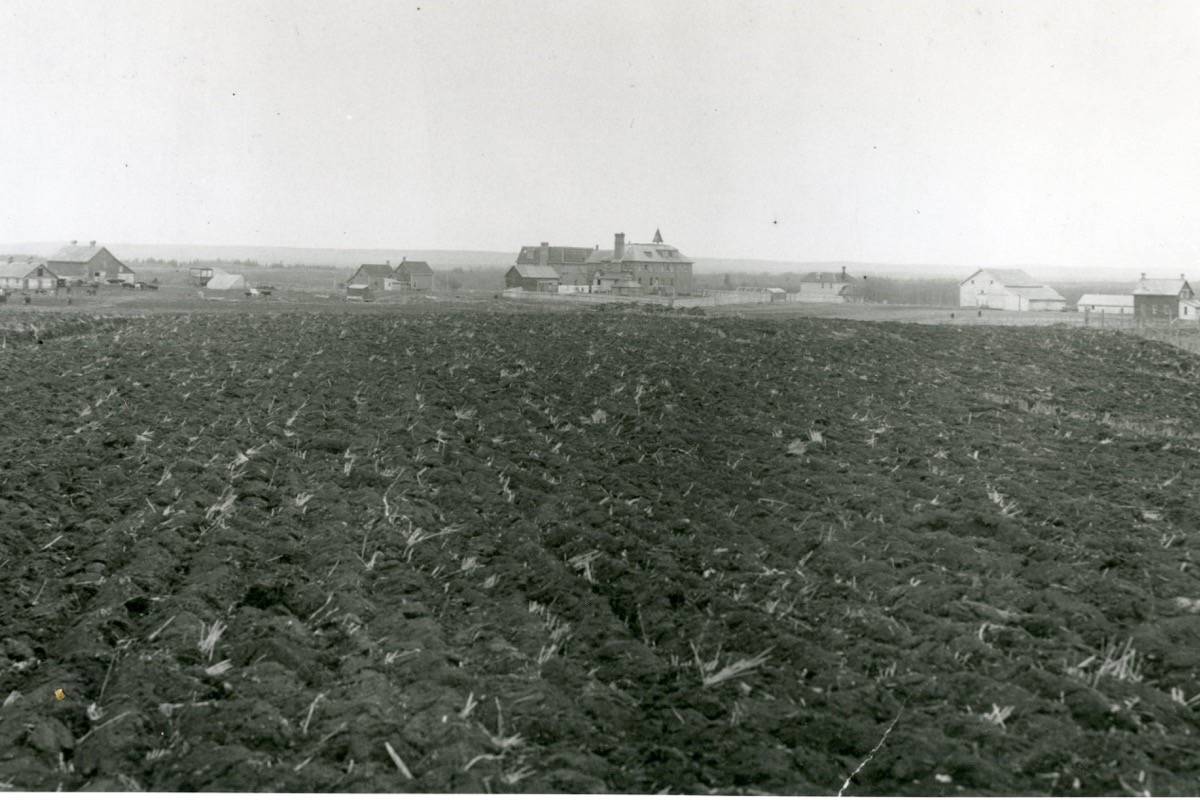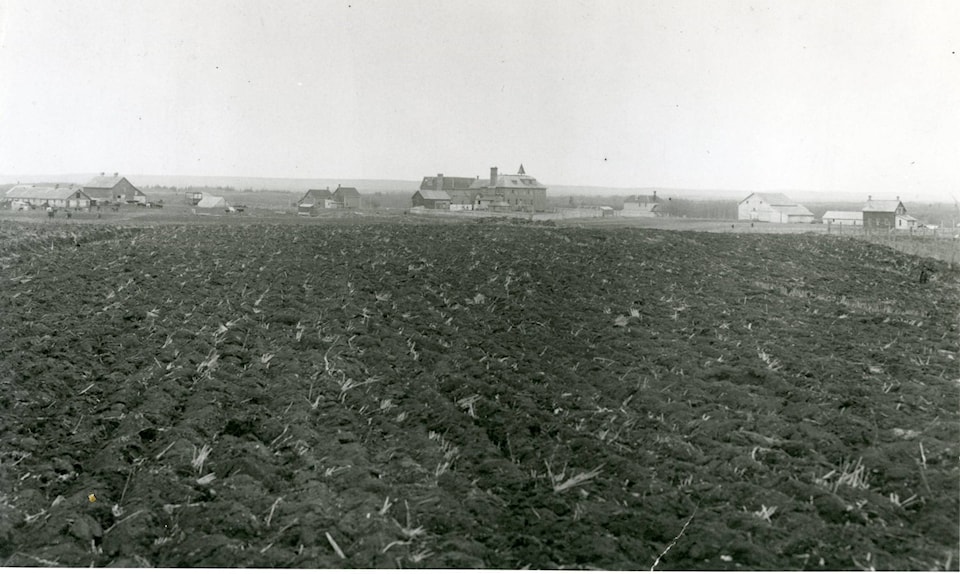This year marks the 100th anniversary of the end of a very dark chapter in our community’s history.
In 1919, the Red Deer Indian Industrial School was permanently closed.
Plans for an Indian industrial school at Red Deer commenced in the early 1890s. A Red Deer site fitted in with the philosophy of the federal government at the time. It was in the central part of the province.
More importantly, since the idea was to educate native children in European culture and ways of living, and to make a break with traditional cultures, sites were sought that were a substantial distance from reserves and close to a “white” urban centre.
Initially, the government considered building the school on the north side of what is now the Gaetz Lakes Sanctuary. However, eventually, a decision was made to select a site close to the old Red Deer River Crossing settlement and somewhat farther away from the new town site of Red Deer.
A decision was made with the Methodist Church to have it operate the school. It was the first Methodist Indian Industrial School in Western Canada. Construction of the buildings took place in 1893.
Unfortunately, as the school was opened, the federal government changed its formula for funding Indian industrial schools.
Instead of the government covering all the operational expenses, as well as the construction costs, a per capita grant system was implemented.
Right from the start, the per capita grants were lower than the costs of running the school. As time went on, the financial shortfalls got worse.
One immediate impact of the new and inadequate funding system was an inability to pay the salaries that were generally offered to teachers. These lower rates of pay made it difficult to attract qualified staff and also led to high staff turnover. Poor staff morale was a continuous problem.
Moreover, all the students and staff were crammed into one building, creating overcrowded conditions. The school’s sanitation system was poor. The drains often plugged. Sewage frequently contaminated the school’s well.
Consequently, there were frequent outbreaks of disease in the school, including scarlet fever, meningitis, mumps, measles and tuberculosis.
There was even a brief outbreak of smallpox. The death rates among students and staff were high. According to the official school register, more than one-third of the students enrolled in the first two years of the school’s operation died prematurely.
Dr. P.H. Bryce later wrote that of all the Indian industrial schools he examined, Red Deer had the worst mortality rate.
Overcrowding was eased somewhat in 1897 with the construction of a second student residence. Small cottages were built for staff as well as a number of small instructional and farm buildings.
Nevertheless, conditions at the school remained poor. Enrolments at the school declined, despite energetic recruitment campaigns.
At one point, the federal government vigorously objected that a number of students were Metis, instead of the status First Nations children from reserves who were supposed to make up the pupil population.
The school buildings had become very dilapidated. The refusal by the authorities to pay for repairs meant the facilities continued to deteriorate even more.
Disease remained a very serious problem. The principal wrote a letter to the federal government to say “for sickness, the conditions at this school are nothing less than criminal.”
The strong words brought no reaction other than a special $130 grant to defray the payments made to the local undertaker.
Finally, the principal decided that the school should be permanently closed. The federal and missionary authorities, who had already given up on the school, agreed.
The Red Deer Indian Industrial School was formally closed on Sept. 30, 1919.
Tragically, although the school closed, the legacy from it continued on.
Red Deer historian Michael Dawe’s column appears Wednesdays.

